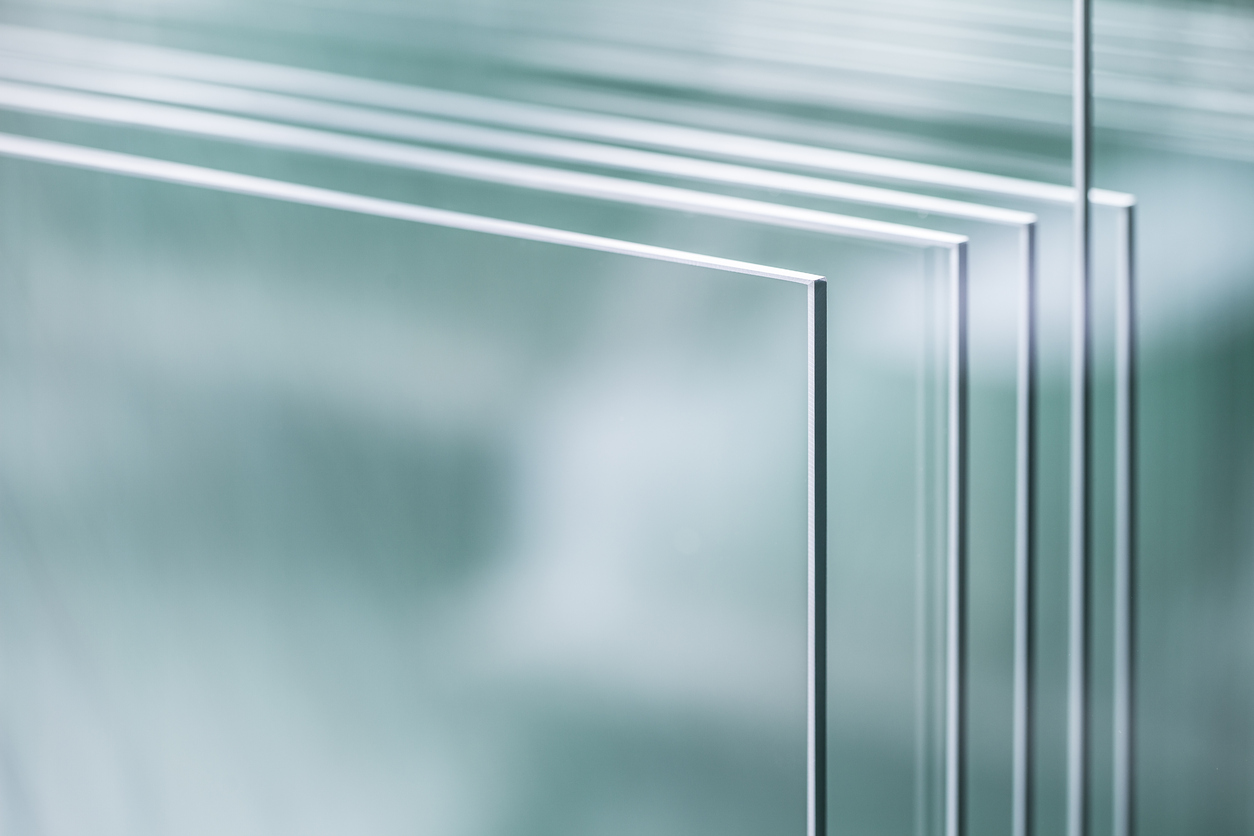

The Rise of Semi-Reflective Glass A Modern Architectural Marvel
In the ever-evolving world of architecture and design, the materials we choose play a crucial role in shaping our environments. One such innovative material that has gained prominence in recent years is semi-reflective glass. This unique type of glass offers a compelling blend of aesthetics, functionality, and energy efficiency, making it an increasingly popular choice for modern buildings and interiors.
What is Semi-Reflective Glass?
Semi-reflective glass, also known as low-reflective or lightly tinted glass, features a specialized coating that reflects some sunlight while allowing a significant amount of light to pass through. This characteristic makes it an excellent choice for various applications, from commercial buildings to residential homes. The level of reflectivity can vary, enabling architects and designers to select the most suitable type for their specific projects.
Aesthetic Appeal
One of the most significant attractions of semi-reflective glass is its aesthetic appeal. The interplay of light reflected on its surface creates a dynamic visual experience. During the day, buildings clad in semi-reflective glass exhibit a captivating sheen, blending seamlessly with the surrounding environment while also offering a sleek, modern look. As the sun sets, the glass can appear almost transparent, revealing the interior spaces and showcasing the activities within. This versatility enables architects to create structures that are not only visually stunning but also integrate harmoniously with their surroundings.
Energy Efficiency

In addition to its visual benefits, semi-reflective glass contributes to energy efficiency in substantial ways. The coating on the glass reduces heat gain from sunlight, which can significantly lower the need for artificial cooling in buildings. This characteristic is particularly advantageous in regions with high solar exposure, where traditional glass can result in increased energy costs. Moreover, by allowing natural light to penetrate without excessive glare, semi-reflective glass helps reduce the dependence on artificial lighting, further minimizing energy consumption.
Privacy and Comfort
Another compelling advantage of semi-reflective glass is its ability to provide a degree of privacy without sacrificing natural light. This feature is especially beneficial for buildings located in crowded urban areas. The reflective surface obscures the view from the outside during the day, allowing occupants to enjoy their spaces without feeling exposed. At night, however, when interior lights are on, the glass loses its reflective quality, making it essential to consider this factor in design. Strategically placing blinds or other privacy solutions can mitigate any concerns about visibility once the sun sets.
Sustainability Considerations
As architects and developers increasingly prioritize sustainable building practices, the role of materials like semi-reflective glass becomes even more critical. By enhancing energy efficiency and reducing the carbon footprint of buildings, semi-reflective glass aligns well with contemporary sustainability goals. Many manufacturers are committed to producing glass that meets stringent environmental standards, including low embodied energy and the use of recycled materials in production.
Conclusion
The growing popularity of semi-reflective glass in architectural design underscores its multiple benefits. From its aesthetic and energy-efficient properties to its ability to enhance privacy, semi-reflective glass represents a forward-thinking choice for modern constructions. As we continue to seek innovative solutions that honor both site-specific conditions and environmental sustainability, semi-reflective glass stands out as a material that is not only functional but also embodies the spirit of contemporary design. Its rise is a testament to how thoughtful material selection can lead to enriched living environments that harmonize with nature and the urban landscape alike.